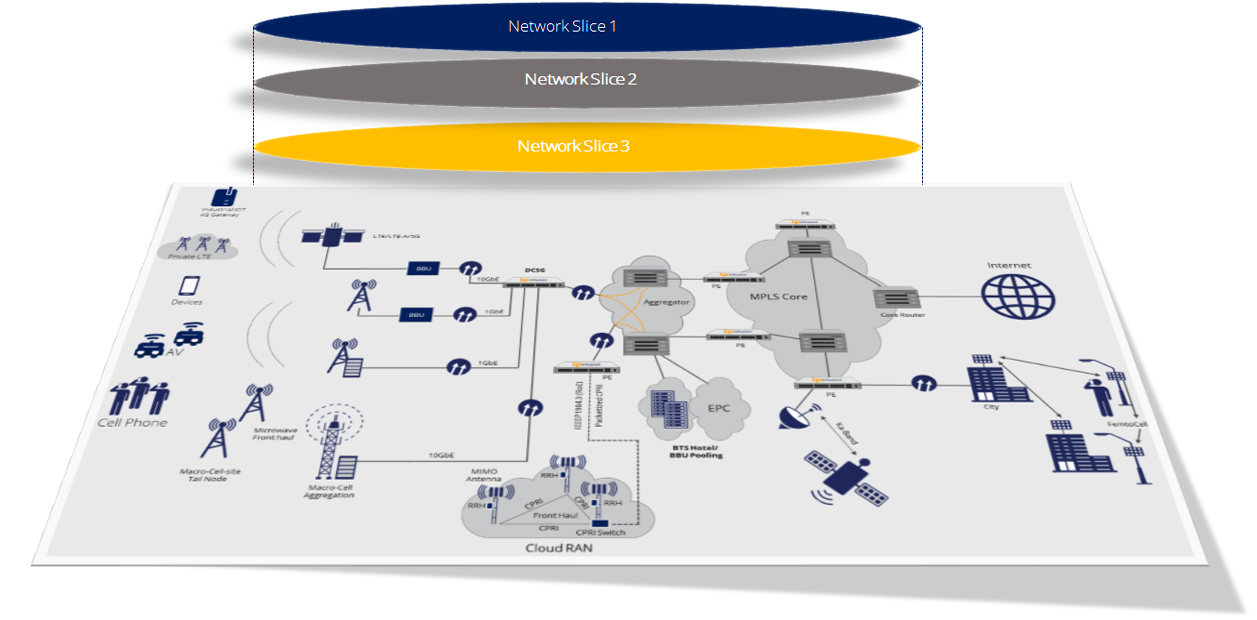
Figure 1. An example of Flat network topology that integrate distributed Data centers to a service-oriented edge network.
The above figure depicts example of service-oriented edge network which integrates mobile, fixed wireless access (FWA) and fixed line services to distributed datacenters (DC) eliminating the need for centralized data processing. In such architecture data processing is localized and only certain data elements are retrieved from regional or central DCs as required and on demand without bogging down the pipe. The infrastructure topology presented here depicts how fixed line and wireless access services are combined and extended over long distance using open optical packet transponder (OOPT).
What is Edge and Why it is creating a paradigm shift?
Let use first understand two distinct parts of Edge: a service-oriented network infrastructure and computing or processing element for which later is known as Edge computing. Sometimes, pandit refers both elements of Edge as Edge computing but it innately flawed. Edge computing is enabled through Edge network infrastructure. When I am referring to Edge, it is about service-oriented network infrastructure that brings enhance experience to users at the network entry point. For this abstraction, Edge Computing is a complimentary subset than the entirety.
A service-oriented infrastructure cannot afford processing delay, increase latency and vendor locked network. More importantly, service-oriented infrastructure requires low cost per bit to innately improve service for enhance user experience. Cloud providers has done well reducing cost per processing unit to deliver enhance service. But for operators, network infrastructure remains rigid and costly making it difficult to provide enhanced services to improve their bottom-line. This is about to change, thanks the notion of flat topology and disaggregation.
That being said, Edge is not where you think it is. A simple contemplation of edge is to understand it from the perspective of network entry point to the provider network. Whether network entry point is at wireless endpoint or fixed line network. For the former, a network endpoint is fronthaul whereas later can be WAN Edge.
Our desire to stay connected, make sense out of our physical world and enhance our experience of things around us has created interesting business challenges for service providers to create values, gain business insights and provide enhance services from connected things and data that are generated from those devices. This value creation allows service provider to offer enhance human experience through various services for plethora of applications e.g. smart home, smart city, smart health, Smart retail, Smart farming and Smart Industry etc.
These process of value creation and service endowment at Edge are presented in the figure below as a layered concept. It is expected that 1 Trillion sensors and 75 billion devices will be connected to provider network by 2025: Some through radio frequency and others through intermediate gateways. To get this into perspective, just imagine that for every autonomous vehicle may have 200 sensors for vehicle. As we build smart application around the concept of smart everything from home to cities, estimate of connected device provided here above is no exaggeration.
Through this enormous interconnect we are bringing technology to solve world’s pressing problems from traffic engineering for congested cities to managing home appliance and securing our Homes. Possibilities are endless!

Figure 2. Layered concept of Edge.
Therefore, unless network Edge is created in a manner to serve our desire for a connected society and enhance human experience, attempts to provide such services will be ineffective. There lies the benefit of Network Edge, an essential element of our connected world. This is to say, even to gain slightest benefit of technology for the betterment of mankind is nearly impossible without network Edge. The fast pace of technological advents are pushing the connectivity and value creation further. We are in for a new era, an era of connect world where technology is bringing about the progress of mankind with a rude surprise, Singularity!
Get the picture!
That’s why Edge is important and it is about to get a shot in the arm. Thanks to disaggregation that allows service provider to eliminate constraints of rigid vendor locked network to simpler, flat and service oriented infrastructure.
How Disaggregation helps?
Network is considered laggard when comes to interoperability, bandwidth on demand, improve latency, cost and auto provisioning or for better programmability. While computing and even storage made a leap of how convergence and virtualization can benefit, network till date is questionably rigid and slow. It was not until few years back when hyperscale data center decided that it is time for a second look that rigidity of network started to diminish giving birth to a relatively programmable, cost effective multi-vendor network. Industry pondered over it to bring about the change 1990s notion of network giving birth to a new concept of networking, “Open Networks”. Today, this notion of network is gaining momentum, industry is bringing about collective innovation at fore to enable the possibility of better service-oriented network that innately capable of bandwidth on-demand and flexible to accommodate what future holds with enormous cost savings. There is great interest among operators to explore and build cost effective, flat and service-oriented on-demand infrastructure and work is underway to upgrade their network. Service provider networks are still laggard compared to cloud providers or data center operators. Multitude of issues has plagued service provider network that stems from lack of technological solution and regulatory requirements to integrate and virtualize network functions creating on-demand and programmable network with low cost per bit.
It is about to change now, disaggregation that decouples hardware and software now making it possible for service provider to benefits from industry innovation, experiment new service technologies and create values from data that traverse through their network.

Figure 3. A diagrammatical representation of disaggregation and typical placement of disaggregated system in operator network.
Disaggregation is opening up both wireless and fixed network entry point while reducing network latency and pushing Ethernet and variation thereof all the way to network entry point. Imagine, a pipe of 1GbE that providing 4G/LTE service can now have the possibility to become enormously fattened upto 100GbE way up the tower where RF meets digital bitstream. You heard of 5G that innately create great possibilities but do you know as such is only possible through the improve latency and enormous fat pipe that is the result of collective industry innovation. When I say “collective” it is not about individual organization building their own technologies rather a notion of industry coming together to create technological advent both in hardware and software.
This is where disaggregation finds its importance, a notion that allows hardware and software vendors to bring about best they could offer while working within the context of “togetherness” bringing the best breed of technologies to solve industry’s pressing problem.

Figure 4. Industry momentum towards disaggregation in Edge.
This “coming together” to solve complex network issues is gaining momentum as evident from the figure above. Industry forums and organizations are working together to create open standards of multi-vendor network. Much of the industry’s pressing problem are getting solved as a result, e.g. disaggregation for cell site gateway initiative created DCSG (Disaggregated Cell Site Gateway) for mobile backhaul aggregation, Open Optical Packet Transponder (OOPT) for long distance optical transport and Open RAN (Radio Access Network) for fronthaul. Consecutively, disaggregation has penetrated in service provider Edge (PE) and Core in addition to Data centers.
What’s next?
Possibilities are endless, with AI/ML coming to picture a network can be self-healed, state aware and smart in future. Some refers this as Cognitive networks others call it intelligent networks. Irrespective of the terms, future of networks offers great promises. Disaggregation is just the beginning and it has created potentials for programmable state aware networks to be realized. It is now upto the provider and enterprise to maximize benefit.


